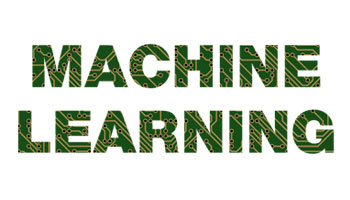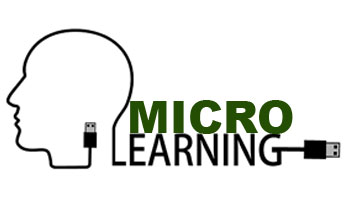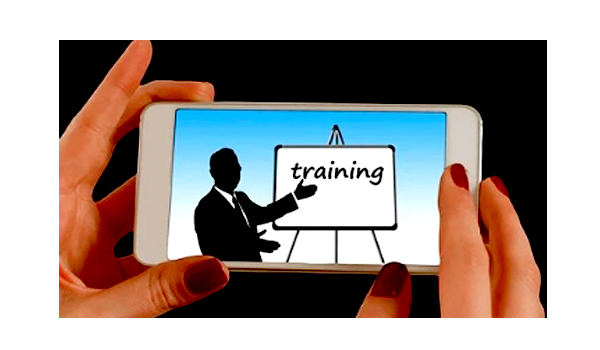Asynchronous Learning
Asynchronous learning is an educational method in which students learn at their own pace without attending live classes with instructors or classmates.
Updated: October 10, 2023

Asynchronous learning is an educational method in which students learn at their own pace without attending live classes with instructors or classmates. Course materials at a time of their choice can be explored under guidance from a teacher.
Asynchronous learning is becoming increasingly popular since increased freedom for instructors and learners are provided in it. Learners can collaborate with each other and both parties interact, but there is no psysical location or set time. Methods like tangible textbooks and articles are included in asynchronous learning. However, digital delivery is more common. It can be made easier for instructors to provide videos, share documents, and connect with learners by using a virtual classroom software.
Flexibility and convenience, Personalization, Accessibility and Cost are some of the benefits of asynchronous learning due to which organizations and students alike often prefer asynchronous learning.
Many organizations and students opt for asynchronous learning due to the wide variety of engaging techniques offered by it. Pre-recorded videos, reading, games, online assessments and discussion boards are included in asynchronous learning activities.
Students can have both positive or negative experience with an asynchronous course, depending on how it is designed and managed. Setting expectations, using calendars and notifications, communicating feedback and encouraging collaboration are some best practices that should be included for asynchronous learning.



